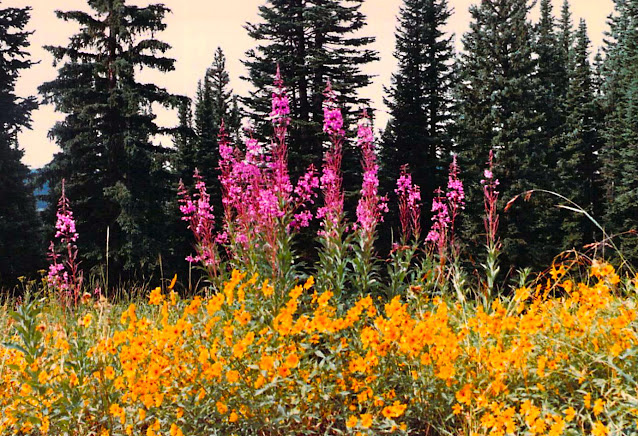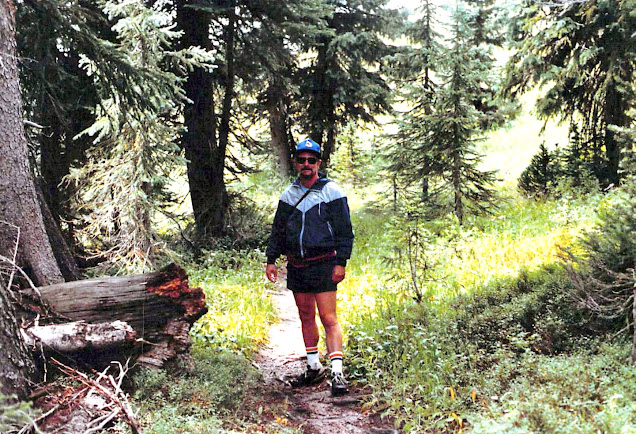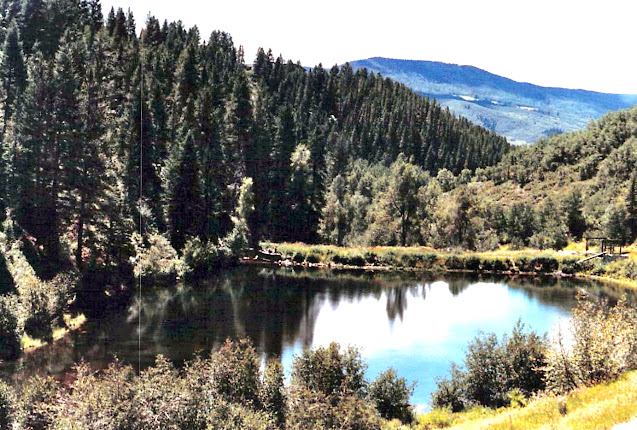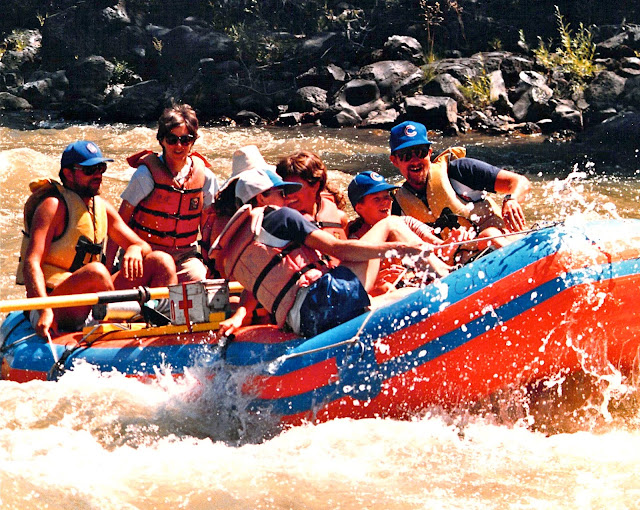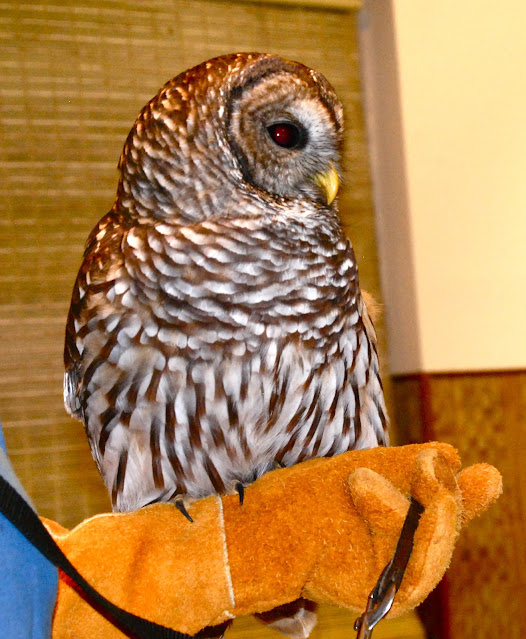This year marks the 17th anniversary of my greatest adventure -- an 11 week driving trip to and through Alaska. Most links in this post take you to my own web pages which detail that aspect of the trip with additional explanation and well over 100 photos combined. (Yes, an 11 week trip in such scenery does engender many photos in this digital age -- over 3000 are in my computer's Alaska album -- but only a small percentage are presented.)
I began the 10,000+ mile odyssey by driving to Washington state, and since my route took me near Yellowstone, I left the Interstate and made my 8th or so visit to the Teton/Yellowstone area. Next I camped around Creve Coeur, Idaho and biked the Trail of the Coeur d'Alenes, followed by biking my favorite of the 100+ bike trails I've pedaled, The Hiawatha Trail, which traverses the Bitterroot Mountains on the Idaho/Montana border. This bike trail travels the roadbed of the Milwaukee Road's "Route of the Hiawatha" which takes you over 7 high steel trestles and through 10 tunnels, the longest of which is the 1.7 mile-long Taft Tunnel with no lights inside.
A solo backpack in Washington state's Goat Rocks Wilderness was followed by a volunteer trail project in the Gifford Pinchot National Forest. Then I visited some friends in Seattle and also biked the Burke-Gillman Trail. Finally it was to Bellingham, Washington, to catch the Alaska Ferry after a quick ride on the Inter-Urban mountain bike trail.
Then the Alaska portion of the odyssey began. I cruised on the Alaska ferry for 36 hours to Ketchikan, Alaska, accessible only by air and sea, but I opted for a stateroom in lieu of camping on the ferry deck as seen here (click to enlarge any photo)...

After getting off the ferry, I camped 4 nights in the Tongass National Forest with this view from my campsite and with regular visits from deer...

... and kayaked Misty Fjord National Monument, hiked numerous trails through the forest, visited the three totem pole locations, and did the tourist-type-stuff in town along with thousands of passengers from several cruise ships docked there. My favorite part of town was historic Creek Street, the old bordello section of town that is now chic and expensive shops. The reason I liked it was the clever sign that proclaimed it as "Creek Street -- Where fish and fishermen came to spawn."
Then back on a ferry for the overnight cruise to Juneau, Alaskla's capital, also accessible only by air and sea (to keep the politicians safely away from their constituents, no doubt!) I again camped 4 nights in the Tongass National Forest, and during the days I rafted the Mendenhall River. I'm seated front right in blue shirt and green hat and about to be swallowed by the wave...

...and biked several Juneau trails and roads, hiked numerous forest trails, took a small boat cruise to Tracy Arm Fjord and Sawyer Glacier where we saw the glacier "calving" and spotted hundreds of sea lions...

... and back in town, I ate at the famous Red Dog Saloon. Here's a photo of the scenery I biked by near town...

Then back onto the ferry a final time for more magnificent views like this...
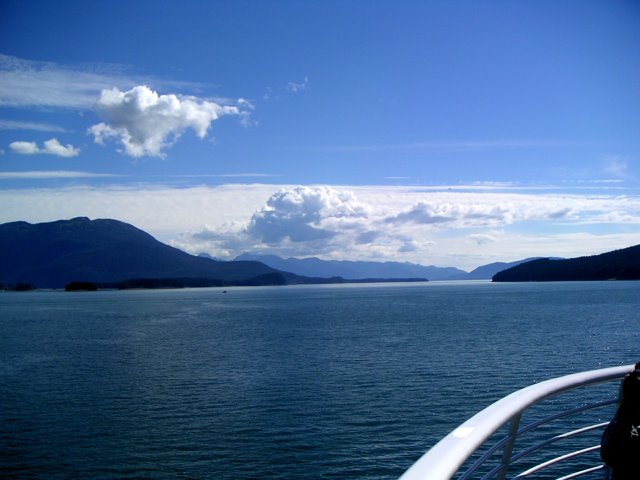
... as we traveled the last leg to Skagway, Alaska, where I camped 3 nights, rode the White Pass and Yukon Railroad which took miners up 3000 feet elevation into the Yukon of Canada, and also went on a single-engine sightseeing plane flight over Glacier Bay National Park...

The next 3 days I was driving through a corner of British Columbia and then through the Yukon to get back to Alaska -- two more border crossings -- camping each night and enjoying the breathtaking scenery and wildlife sightings. A detour to the Town of "The City of Dawson" (check Wikipedia for an explanation of that strange name!) was a natural for a retired English teacher because it has the homes of poet Robert Service ("The Cremation of Sam McGee" and "The Shooting of Dan McGrew")...
 and, a mere block away, author Jack London (The Call of the Wild, The Sea Wolf, and White Fang)...
and, a mere block away, author Jack London (The Call of the Wild, The Sea Wolf, and White Fang)...
After a ferry ride across the Yukon River, I drove the Top of the World Highway which promised endless vistas -- only to see nothing but smoke from wildfires which burned millions of acres that summer.
Anchorage was next. I rode the Alaska Railway, rafted Spencer Lake alongside Spencer Glacier and down the Placer River...

...and biked 3 of Anchorage's bike trails, one of which takes you past a historical display of the massive earthquake of Good Friday, 1984 which registered 9.2 and lasted nearly five minutes.
I was actually in Alaska for 7 1/2 weeks, driving most every paved road and some gravel ones. The fabulous Kenai Peninsula was amazing and I visited towns such as Homer, Girdwood, Portage, Frazier, Kenai, Soldotna, Whittier, and Seward, and took a boat cruise to Kenai Fjords National Park, Holgate Glacier, and Chiswells Island NWR.
I visited America's two largest national parks -- Denali (3 times) and Wrangell-St. Elias (twice) -- and camped and hiked at both. For perspective: Yellowstone is the largest national park in the lower 48 states at 2 million square acres and has 251 miles of paved roads. Denali NP has 6 million acres and one road which is 95 miles long and mostly gravel. Wrangell-St. Elias NP has 11 million acres and 2 roads of 60 and 42 gravel miles.
The highlight of Denali is the wildlife. They consider 5 animals to be the representative species of the park: grizzly, caribou, moose, Dall sheep, and wolf, and I was fortunate to see plenty of all five...
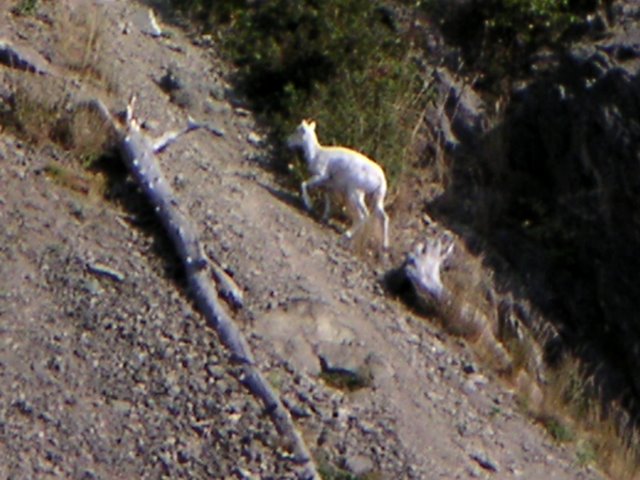
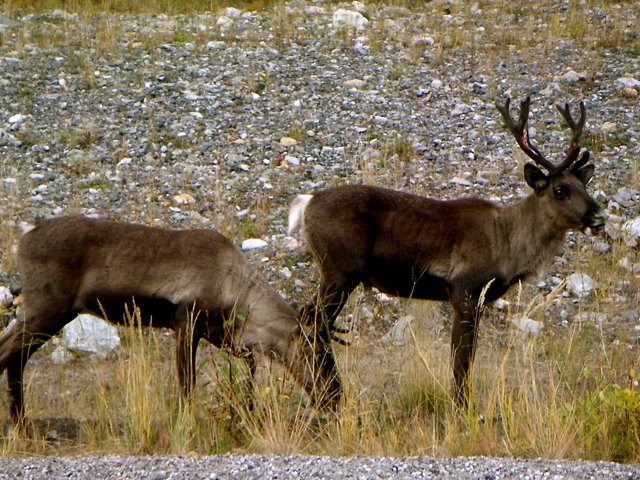



Out of Denali, I rafted the Nenana River with its class 4 rapids so turbulent and water so cold we had to wear dry suits and helmets...

In Fairbanks, I flew 170 miles on a two-engine flight to Coldfoot, 60 miles north of the Arctic Circle, where a van picked us up and drove us back on the gravel Dalton Highway (built for construction of the pipeline)...

...alongside the Alaska (Aleyeska) Pipeline...
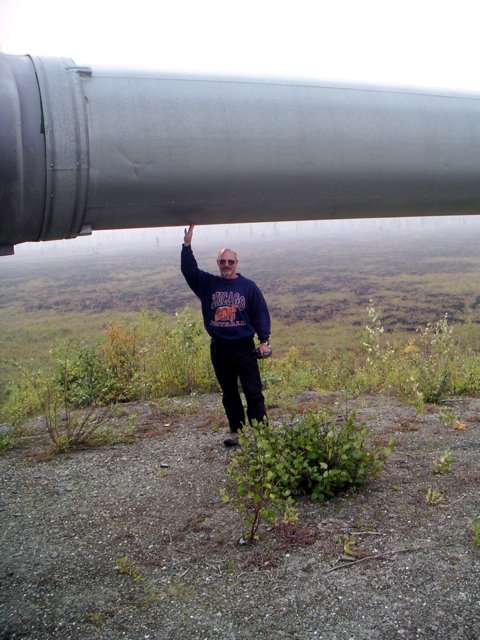
The highlight of the trip was a 2 week Sierra Club outing. We met in Fairbanks, spent 9 nights in our tents, hiked and camped in both the national parks mentioned above, including this high mountain ridgeline hike in Denali NP...
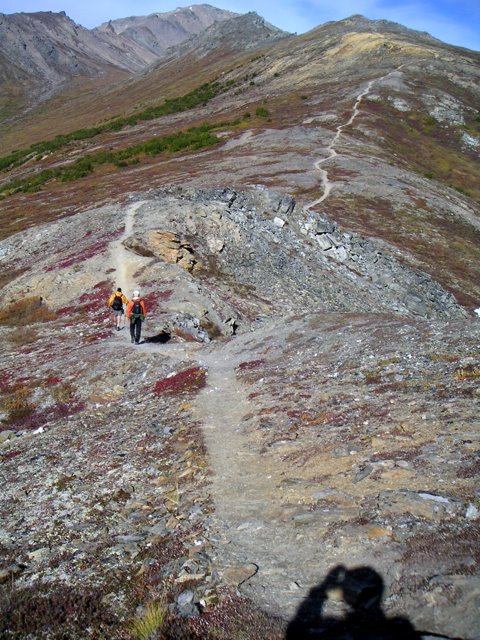
...and did a backpack in Denali State Park across the highway from Denali NP because large groups can't backpack the national park...

...and from which we had views of Mt. Denali (aka Mt. McKinley) the highest point in North America at 20,320 feet...

Our second planned backpack in the mountains north of Fairbanks was canceled due to those raging wildfires.
Yes, it is cold in Alaska in September -- below freezing most nights with our water bottles freezing in our tents overnight! The fringe benefit: we encountered none of the gargantuan mosquitoes Alaska is known for (often called Alaska's state bird!)

And yes, several nights we were entertained by Aurora Borealis, aka the Northern Lights show...

...and I got to canoe amidst the magnificent scenery...

...and in Wrangell-St. Elias NP, I did a 4 hour hike on Root Glacier during some free time from the group, wearing crampons to scale the ice...

Did I say that my 2 weeks on the Sierra Club outing was the highlight of the trip? Well, the drive home on the famed Alaska (or Al/Can) Highway was another highlight! Running 1523 miles from Dawson Creek, Canada, to Fairbanks, it is a drive of a lifetime. The signpost in Fairbanks lists the mileage to many cities, including back to Chicago...

Encountering wildlife on the road or alongside the road was normal, as the photos on my Al/Can page linked to above will attest. Speeding would have caused you to miss magnificent scenery, or worse, caused you to hit wildlife just around the next bend. I even spotted a black bear slowly ambling across the highway. As you can imagine, I stopped often for wildlife and scenery photos, and as seen below, Fall was rapidly approaching as I drove home...

So that's a brief description of my greatest adventure. Or odyssey? Or epic? Or search for self?
Whatever you call it, this adventure so affected me -- being immersed so long in Alaska's history, culture, scenery, wildlife, outdoor offerings, and having met and conversed with so many of her residents -- that a poem came pouring out, "Homage to Alaska."
I had worried before the trip that it would be hard for me to sustain a solo driving trip of 10,000 miles and 75 days, and though I was anxious to get home, the lovely drive on the Al-Can was invigorating and I savored it. After Dawson Creek, when the terrain turned to farmland and expressways as I drove across eastern Alberta, Saskatchewan, Manitoba, North Dakota, Minnesota, and Wisconsin, I finally longed for home and the miles couldn't pass fast enough. But it was indeed a trip of a lifetime and one I would recommend to everyone who has the time and opportunity. And probably best enjoyed with a companion.
